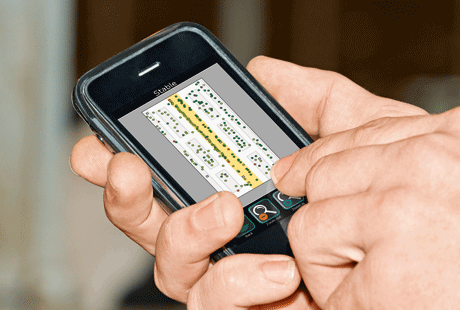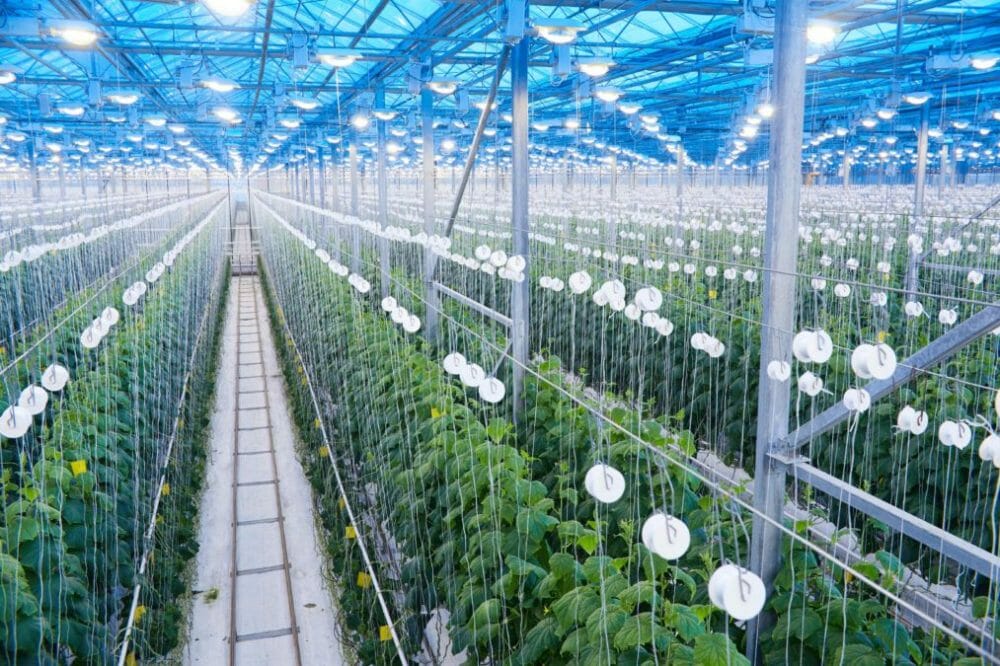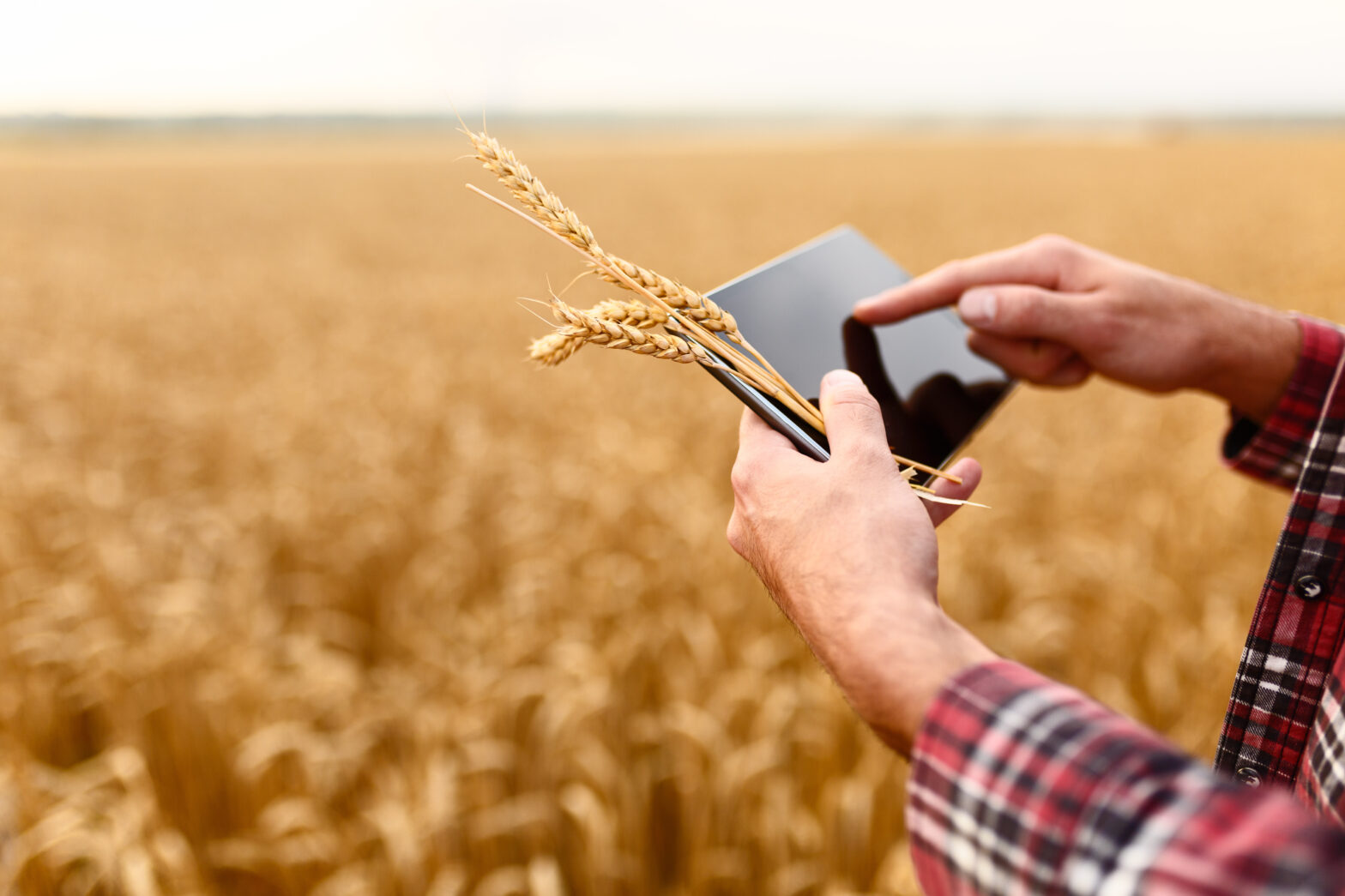Some industries have digitised faster than others. The financial services industry, which deals primarily with numbers, has traditionally been an early adopter of information technology. The media sector has been drastically disrupted by the digitisation of content.
But other sectors have remained largely analogue, and farming is an obvious example. Unlike films or money, meat and vegetables cannot be converted into a string of zeros and ones.
More seriously, the information that farmers need to optimise their output – the yield of crops, the fertility of cattle – does not lend itself to automated digitisation.
That is beginning to change, however, thanks to RFID tags and wireless communications.
As one company is showing, the combination of low-power tags and ultra-wide-band radio communications can give farmers the same degree of monitoring and analysis over livestock that has previously been reserved for digital assets.
The digitisation of such a visceral, organic industry as agriculture reveals how pervasive data analytics and mobile communications are becoming.
Smarter farming
Keld Florczak is a Danish process engineer and technology entrepreneur. In 2008, one of his investors came to him with an interesting problem: is it possible to build a system that could pinpoint the location of a cow to within one metre?
The reason for this request is that the Danish Cattle Federation requires the country's dairy farmers to submit regular reports about the status of their animals. If a cow does not turn up at the milking barn one day, therefore, the farmer has to go out into the field and track it down.
The past few decades have seen considerable consolidation in the farming industry, to the point where one farmer may be responsible for a herd of 1,000 cattle. Finding an errant cow can therefore be extremely time consuming. Being able to locate a cow remotely would save farmers considerable time and money.
Florczak, who has no background in agriculture, took on the challenge. Surely there was some way of tagging the cattle so that they could be located in real time, he thought.
At first, however, he could not find an appropriate wireless communications platform. “Most mobile systems require a direct link between each tag and the receiver,” he says. “We needed to track so many different moving objects that this would not be possible.”
But Florczak came across an alternative approach that was being used by the US military to track the whereabouts of soldiers during training exercises. Rather than RFID tags constantly communicating with the receiver, this alternative approach sees tags broadcasting a radio signal every few seconds. This allows hundreds of tags to be tracked in real time and over large distances.
Florczak identified a number of potential suppliers for the system and tested their equipment. “The most professional one to work with was Zebra,” he says, a US-based logistics technology supplier.
Zebra’s DART platform consists of active RFID tags, which transmit their signals using the Ultra-wide-band radio frequency standard, and multiple receivers that triangulate the signals to pinpoint each tag’s location.
Using that platform as the base, Florczak developed a system that was suitable for farm deployment, which included ruggedising the tags so that they could withstand all weather conditions.
Behaviour analysis
Meanwhile, Florczak – having now set up a start-up called Smarter Farming to commercialise the system – built a cloud-hosted back-end infrastructure, to process and analyse the data, as well as a mobile web application that would allow farmers to track their cows while they were on the go. The combined system is called CowView.
It was at this software layer that Florczak developed functions beyond simply locating cattle. By analysing the movements of each cow, the system can spot important behaviour patterns.
For example, if a heifer is sleeping for longer than normal or not feeding with the rest of the herd, it may be a sign that she is unwell. Illness is not always easy to spot just by looking at a cow, Florczak says, so this is highly valuable information.
“If a cow is ill, she will do everything she can to hide signs of illness,” he claims. “But we can see a change in her behaviour even if there are not physical signs.”
Similarly, if a cow is in heat, she will become more active. “When the cow is ready for insemination, she's going to look for a bull.”
Spotting that pattern of behaviour early gives the farmer a greater chance of inseminating the cow during the six-hour period during which she is 90% certain of getting pregnant.
This functionality could offer a number of benefits. By allowing farmers to spend their time attending only those cows that need it, the technology could lead to larger herds and more efficient farms, Florczak argues. It may even benefit the cows’ health by minimising the amount of human interaction required.
Since Florczak started the company, Smarter Farming has been acquired by GEA, a process technology firm serving the food and energy industries. The German company sells automated milking equipment, as well as the software to plan and manage the dairy production process, which is now integrated with CowView.
CowView was officially launched in November last year. Four farms trialled the technology during development, and they have all either deployed CowView commercially or plan to do so. More customers are in the pipeline, including a “very large” UK dairy farm that will begin its implementation later this year, Florczak says.
Indeed, Florczak believes that the UK could be a particularly fruitful market for CowView. While Scandinavian and German dairy farmers have invested heavily in process infrastructure, such as automated milking machines, their British counterparts prefer to pay more individual attention to their cows.
“They say, we'd rather have more information about each cow in the beginning, and based on that decide which process needs automating from an infrastructure perspective.”
Nonetheless, Florczak says he was surprised to find how little digital innovation there has been in the farming sector. This is due in part, he says, to the closed nature of many of the biggest farming software platforms.
That is changing, however. “Young farmers are much more familiar with the benefit that they can get out of these things.”







